Tackling scope 3 emissions is one of the most substantial barriers for a bakery business to overcome along its journey towards net zero by 2050 – the target year outlined by the Paris Agreement.
Climate action NGO Wrap (the Waste & Resources Action Programme) estimates that scope 3 emissions account for around 90% of all food and drink companies’ carbon footprints. This stat is backed up by research conducted by the Scotland Food & Drink Partnership (SFDP), which notes that the scope 3 proportion is significantly higher for its manufacturers compared to an average 70% of emissions found across all industries.
But what exactly are the scope 3 emissions of a bakery manufacturer, what can be done to reduce them, and what challenges remain?
Indirect effect
Putting it simply, scope 3 emissions are the greenhouse gas (GHG) emissions that occur in the upstream and downstream activities of a company. “As a result, they do not come under an organisation’s direct scope of responsibility,” says Nathalie Genebes, global CSR director at bakery manufacturer Délifrance.
Examples of upstream emissions created by bakery firms include from the production and delivery of raw ingredients such as flour, eggs, butter, salt, and packaging materials, as well as the disposal of any waste in suppliers’ facilities. Downstream emissions, meanwhile, occur after products have been delivered to the next step in the supply chain, such as from freezer storage, bake-off of products, or disposal of packaging.
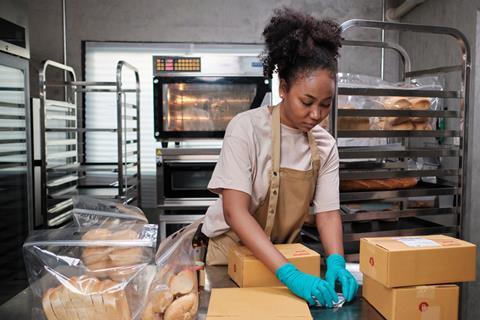
“Given they occur throughout the supply chain, they can be hard to capture, calculate, validate, address and reduce,” explains Will Kinghorn, automation and robotics specialist for the Made Smarter Adoption Programme.
Help is at hand, however. The GHG Protocol, which establishes comprehensive global standardised frameworks to measure and manage emissions, offers free guidance via its website to help businesses calculate its scope 3 emissions across 15 specific categories (and with different levels of granularity).
These include purchased goods and services; capital goods; fuel- and energy-related activities (that are not considered scope 1 or 2 emissions); upstream transportation and distribution; waste generated in operations; business travel; employee commuting; upstream leased assets; downstream transportation and distribution; processing of sold products; use of sold products; end-of-life treatment of sold products; downstream leased assets; franchises; and investments.
Source of scope 3
Baker & Baker sustainability director Nicholas Bevan singles out the first category – purchased goods and services – as representing the “most significant chunk” of the sweet treat supplier’s scope 3 emissions. This is due to it including the carbon footprint of purchased ingredients, he notes, which the sweet treats manufacturer was targeting to reduce by 2030.
Dr. Alexander Schmidt, head of science and climate research at carbon accounting software provider Normative, points to fact that the majority of suppliers to the baking industry are part of the Forest, Land, and Agriculture (FLAG) sector. “This sector has recently experienced increased attention by regulators and standard setters, as it’s accounting for almost 25% of global greenhouse gas emissions,” he says, adding that this makes FLAG the second largest emitting sector after energy. An estimated two thirds of bakery’s overall emissions originates from farms, according to Schmidt.
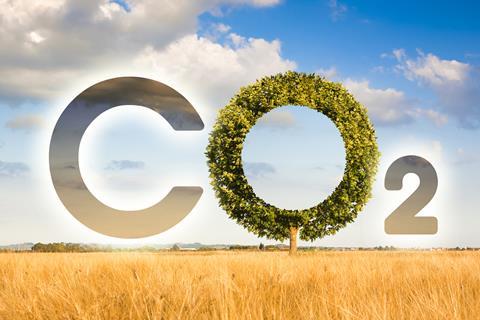
In order to quantify these emissions, companies can use emission factors which model the lifecycle emissions of the raw materials, products, and activities of the bakery industry. However, Schmidt notes that while these emission factors constitute a good starting point, they lack accuracy and specificity and often see companies relying on regional or even global averages.
Upping reduction
Gaining a clear view of where emissions occur should be the first step for bakeries committed to reducing their corporate carbon footprint.
Tiphaine Aries, senior consultant at The Carbon Trust, asserts that knowledge is power. “Identifying a business’ problem areas can help the organisation effectively focus efforts on high areas of emissions,” she says.
One of the most effective strategies suggested to curb scope 3 emissions in the baking industry is to introduce regenerative farming practices to wheat production, something that actually sequesters CO2 from the atmosphere rather than contribute to.
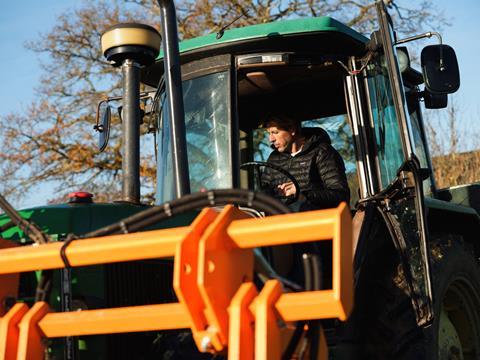
Regenerative flour supplier Wildfarmed was recognised as Sustainability Initiative of the Year at the Baking Industry Awards 2023, while earlier this month, American agribusiness ADM announced it was expanding the roll out of its regenerative agriculture programme to farmers in the UK and Poland.
ADM reminds companies not to ‘just look at carbon in isolation’, with the world facing biodiversity and water crises as well as massive concerns around soil heath – an alarming estimate of 60 years given by the Food and Agriculture Organisation as the time left until the world’s topsoil is eliminated unless current farming practices change.
Made Smarter’s Kinghorn suggests ‘prioritising by spend’ as a prudent way to begin cutting back on scope 3 emissions. “For instance, reducing the emissions of the 100 tonnes of flour you purchase in a year will take precedence over the 50kg of raisins you buy in,” he says, adding that this can be done through sourcing ingredients locally rather than from overseas.
Case studies
Studio Bakery in Clitheroe, Lancashire, is one of the small businesses working with Made Smarter to reduce its emissions. Initiatives in place include cultivating its own onsite fruit orchard to provide apples, pears, plums, and cherries (with zero food miles) for its artisanal baked goods such as traybakes supplied to Tesco, Waitrose, and Booths stores.
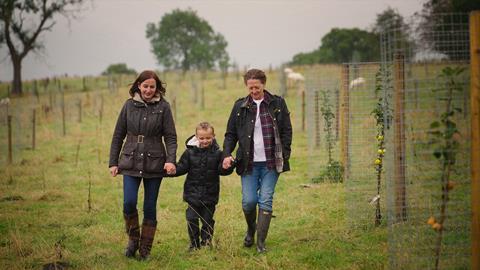
Additionally, its uses recyclable or compostable packaging, an electric car for business commutes, and Handelsbanken and The Co-Operative Bank because of their leading green investment credentials.
“We’ve put in place a clear set of requirements for [suppliers] to ensure we are progressing in line with our ambitions.”
Among the large-scale bakery manufacturers laying out targets for scope 3 emissions reduction is Premier Foods, which has a sweet division supplying the Mr Kipling and Cadbury cake ranges worldwide. ESG director Nick Brown reveals the company has managed to identify 70 key suppliers, who between them account for around 70% of its total scope 3 emissions. “Whilst many of them are already making great progress on decarbonising their operations, we’ve put in place a clear set of requirements for them to ensure we are progressing in line with our ambitions,” says Brown.
Premier Foods’ near-term targets have also been validated by the Science Based Targets initiative (SBTi), notes Brown, with suppliers asked to set their own science-based goals as well as sharing carbon footprint information.
Working together
Close collaboration across a bakery’s whole value chain – from growers and millers to retailers and foodservice operators – is key to tackling scope 3 emissions.
“It’s important to engage in meaningful discussions with all stakeholders to better understand their ambitions, priorities and challenges and how we can all support one another in this decarbonisation journey,” says Délifrance’s Genebes.
Iain Clunie, Net Zero Commitment programme director at the SFDP, recommends companies to join forces in initiating projects that focus on shared challenges relating to scope 3 emissions. “These projects might involve the development of new technologies, shared infrastructure, or coordinated efforts to transition towards more sustainable supply chains,” he comments.
Bevan at Baker & Baker notes that steps have been taken by the Competition and Markets Authority to address the issue of competition laws and sustainability via new guidance. “Such decisions will be critical in ensuring the industry can work together to solve the most significant, structural challenges in reducing emissions,” he adds.
Smart solutions
Embracing the latest innovations can also be highly beneficial towards decarbonisation efforts. These include carbon accounting platforms, which are able to import large quantities of relevant data from multiple sources, calculate the carbon impact, and provide strategic directions for scope 3 emissions reduction.
According to Schmidt, Normative’s research found almost half of the respondents (48%) saying they relied on manual calculations of emissions. “Given these challenges, it’s clear that many companies, including the bakery sector, need to transition to more reliable, accurate, and scalable solutions,” comments Schmidt. “Accurate and comprehensive data is the foundation of effective carbon management.”
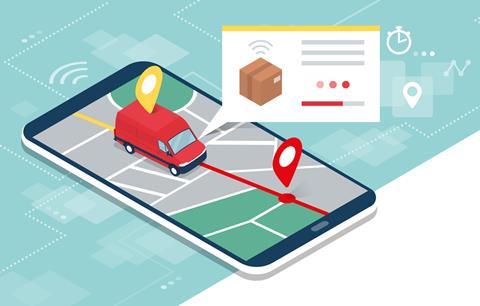
SFDP’s Clunie points to smart technology as a way to improve efficiencies in primary agriculture, such as implementing energy-saving milling or blending processes or creating better fertiliser, thus cutting back on related emissions. Made Smarter’s Kinghorn, meanwhile, suggests using software to plot more efficient delivery routes to help lower vehicle emissions – intelligence that could be useful for suppliers or distributors too.
Rapid measures
While most experts agree that the notion of ‘quick wins’ in scope 3 emissions reduction is somewhat problematic, they did share some ideas to speed up the journey towards net zero.
Délifrance’s Genebes recommends choosing the most traceable ingredients, which guarantee zero deforestation (cocoa and soy in particular), as well as collaborating with “mature suppliers” that try to minimise flights.

Substituting animal-derived ingredients with plant-based alternatives where feasible, is another way to create immediate impact on decarbonisation, says Schmidt.
A key driver of net zero is reducing waste – be that ingredients, energy use, packaging, or transport – with businesses urged to recognise the bottom-line benefits of a more sustainable approach.
Prevailing issues
Overcoming industry-wide economic and logistics challenges, especially in the dairy and oil segments, have taken priority at bakery businesses in recent times, accepts Kinghorn. However, he notes that decarbonisation should still be regarded as an imperative, not a distraction. “UK manufacturing must get behind the mantra that the future is decarbonised and digital,” he affirms.
Bevan at Baker & Baker says gaps remains for many businesses for certain scope 3 categories such as the use of sold products and the end-of-life of those products. “Again, collaboration will be key in ensuring data for these categories is truly accurate and more easily available,” Bevan adds.
Clunie asserts that “sustainability doesn’t have to be complicated” and highlights that the SFDP’s New Zero Commitment team is supporting businesses in Scotland who lack understanding and engagement on the issue of scope 3 emissions. This includes developing assets to help companies run supply chain workshops with their suppliers.
However, the science on decarbonisation is still very new, cautions Premier Foods’ Brown, with the best ways to share data and assess costs and risk still being worked out. Businesses are used to having clarity and confidence before adopting an intervention, says Brown, noting that “some firms will have to show courageous leadership to keep decarbonisation moving forwards for the benefit of all.”

Securing buy-in
Reducing something as complex as scope 3 emissions is best achieved with everyone on board, fully backed by management, discussed at all levels, and robustly governed.
This requires effective communication, comments Genebes, who reveals that Délifrance has implemented several initiatives including CSR Fridays – a one-hour bi-monthly conference on sustainability topics open to all employees – along with a monthly CSR newsletter, and an annual call for project ideas.
“Ensuring all employees possess a clear understanding of the priorities and how they can contribute to decarbonisation across all departments is essential for success,” adds Genebes.
ADM, meanwhile, claims to have created a ‘culture of energy usage monitoring and saving’ throughout its flour milling locations, with continuous training, energy use assessments, and sharing of best practices allowing it to further drive improvements.
Bakeries face increasing pressure and scrutiny to be more sustainable, coming from employees, customers, the government, investors, regulators, and the communities in which manufacturers operate, reminds Made Smarter’s Kinghorn.
However, they can weather these by committing to simple changes towards reducing scope 3 emissions, which can also help achieve reputational gain to secure customer loyalty, as well as attract new talent and investment.



















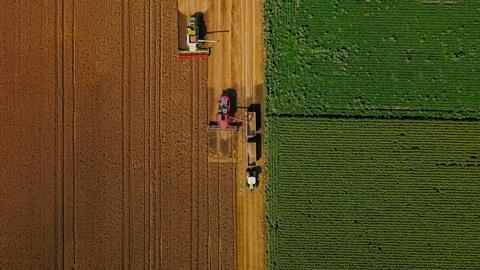


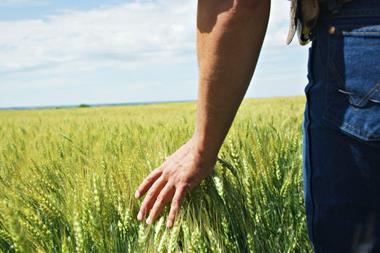
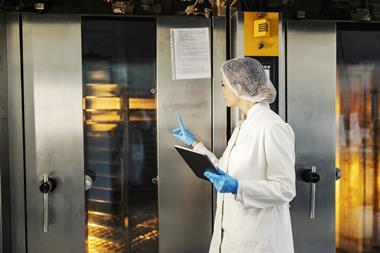
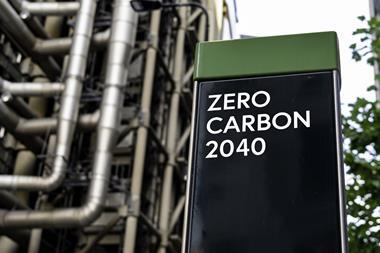
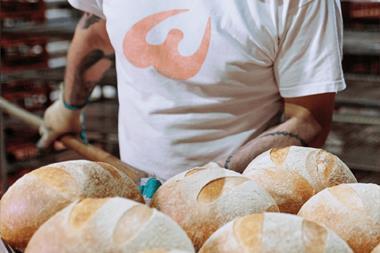

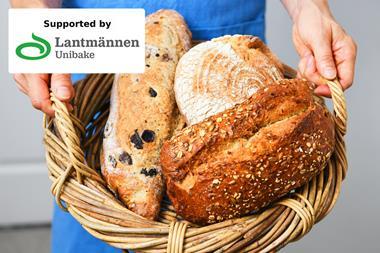
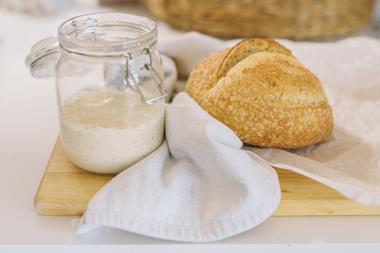




No comments yet